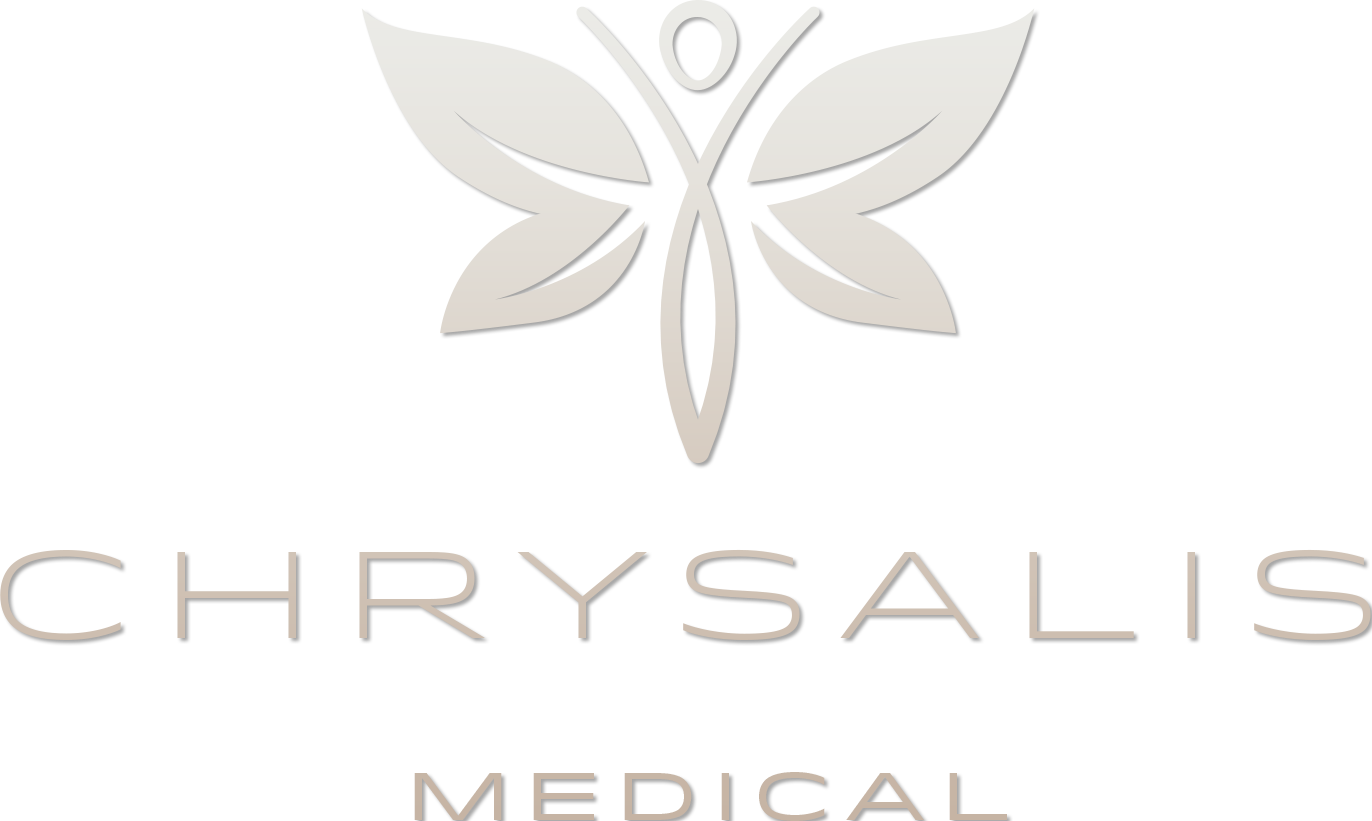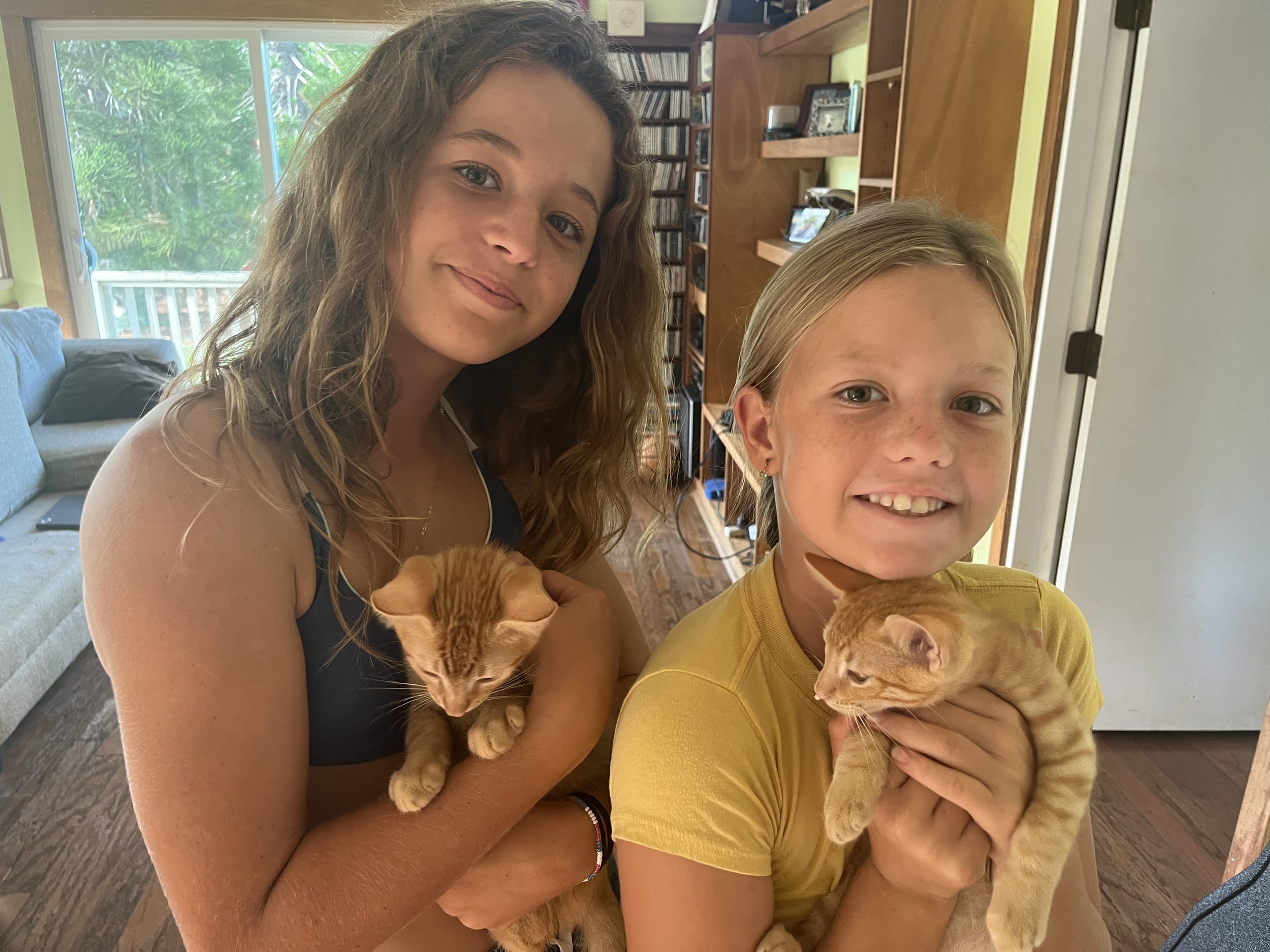Meet Dr. Rogoff
I’ve always wanted to be doctor. Ever since kindergarten. Before that even. There was a T.V. show I used to watch around that time, eyes wide and sitting so close to the rabbit-eared tube I can still hear my mom telling me to scoot back or I’d ruin my eyes. Emergency. It was about two paramedic firemen, Johnny and Roy, who drove their big red truck around L.A. fighting fires and saving people’s lives. My favorite part was when the paramedics would call the hospital and the doctor appeared on the screen. Maybe it was his white coat, the closest thing to a superhero’s costume that seemed real. Maybe it was his calm and confidence, the way he always knew exactly what to tell Johnny and Roy to do. Whatever it was, I remember wanting to know all he knew, wanting to harness the skillset he somehow had. I was always disappointed when those scenes ended, when I was forced to follow Johnny and Roy back, wondering what happened to the victims and what magic and miracles might exist that could save people’s lives.
I graduated at the top of my class in high school. Was one of only twenty students at Berkeley to be named Phi Beta Kappa as a junior. I majored in Psychology, took all the pre-med and anatomy classes, graduated with a 4.0 with high honors. All the while, I kept my eyes on the prize of the one day I would finally realize my dream of becoming a doctor. I didn’t have any role models. My dad wasn’t around much. I just wanted to help people. But there was something more. A fascination with the human body. The way cut fingers healed. The course of the nerve that ran from the big toe to the brain. The fat vessels that fed the heart. How the right heart pumped to the lungs and the left heart to the body. I had anatomy posters in my bedroom. I used to stand on top of my bed tracing the highways of electricity or blood along their paths like a toddler might course a Matchbox car around a track.
I got into U.C. San Diego for medical school, one of the top 15 at the time. That’s where I got my first surfboard, an 8-0 egg that was perfect for the mushy waves that rolled in on the other side of the train tracks off 9th street, down the sandstone cliffs of Del Mar where I lived. I blame those early sessions for all that came next. The smell of kelp. The oily glass undulations of the ocean. The way the sky turned kaleidoscope long after the sun dipped its head.
It was hard to choose a specialty. I was fascinated with it all. The meticulous design of the heart, maybe cardiology. The circuitry of nerves and the marvel that is the brain, neurosurgery perhaps. I loved kids (am a bit of a child myself) and so pediatrics made sense. The birth of a newborn life was like bearing witness to miracles, maybe O.B. I loved sports, orthopedics. I wanted it all. And didn’t want to give up any of it. The fascination grew. The curiosity, insatiable. I settled on Family Practice, the field of medicine that dared to understand it all. I was fortunate enough to be accepted into one of the most renowned programs, where Family Medicine was born in fact, at UCSF’s rural program in Santa Rosa. Without other residents with whom to compete for the best cases and left alone to run the entire hospital, I learned to be a one-stop master-of-all doctor, able to handle almost any case that walked through the door. All the while, I moonlit in the E.R. to keep my acute and life-saving skills sharp.
I was dating Tracey at the time. We had met her in our last years in San Diego while she was earning her masters in education from U.S.D. We first came to Kauai in 2002. Without jobs or a plan, we only knew we wanted a simpler and more meaningful life, one different from the materialistic rat race that was California. And I wanted to be some different version of physician than I had yet encountered in my mentors, for whom I had deep respect. I wanted to be a country doctor, to know my patients like family. We didn’t know how long we’d last. We had $5000 in the bank and spent $1000 of it on an old Cherokee whose stuck cassette played Steel Pulse True Democracy without end. Our family and friends flew out. We got married. They flew away. Together, we were alone. With the future like the sea’s infinite horizon, our lives like the island in its isolation. We referred to our life-plan as the “hut dream,” an allusion to our vision of living simply in a hut on the beach, and we vowed to keep our needs humble in order to preserve that commodity that is most precious, time.
Hale Le’a, a small clinic and urgent care center in Kilauea, took me in. They needed a real doctor. And then a Medical Director. I was seeing 6 patients a day, then 15, then 30 and sometimes more. While two grueling decades of seeing an endless stream of patients-in-need honed my clinical skills, so too did they feed my disillusionment with Western Medicine’s limitations. While powerful in acute emergencies such as trauma and heart attacks, traditional medicine had little to offer the relatively healthy patients who didn’t feel their best — the middle aged woman with normal labs but fatigued or in pain, the young adult with asthma and allergies and maybe bad skin, the 50-year-old man whose work-outs left him drained and whose injuries were slow to heal, the healthy 60-something that wanted more zest and zeal, who wanted to charge into his 70’s and beyond.
In 2008, a decade before most physicians had even heard the term, I trained in Functional Medicine, a root-cause based approach to medicine that focuses on systems biology — the physiologic processes that lead to disease (when not functioning properly) or optimal health (when finely-tuned). The new lens through which I learned to view medicine and the human body invigorated me. And I was hungry for more. That curiosity that was planted in me as a child watching Johnny and Roy was reignited. And I took every class and conference I could. I completed a fellowship in Anti-Aging and Regenerative Medicine. Travelled across the world to study mold and Lyme and autoimmunity and mitochondria and how to prolong lifespan and optimize the brain. Over the last 15 years, I’ve attended over 20 conferences - always striving to fill the gaps in knowledge or gain more tools in my tool belt to better understand all the things that can go wrong (and, by contrast, be tuned toward optimally-“right”). After every conference, I would return to Kauai with a new bag of tricks, more next-generations tests to try to diagnose some aspect of a patient’s health we didn’t yet know, new vitamins and supplements to make my patients feel better. Throughout it all, I’ve remained passionate and curious, about healing, about fine-tuning the body, about taking what is good and making it better, about researching and trying new things to make people feel stronger and more fulfilled. The Greek translation of doctor is teacher. One of my greatest thrills is to share what I’ve learned from medicine’s cutting-edge frontier with my patients. Over all this time, I’ve learned what works and what doesn’t. There is no doubt that my tenure of those 20 years in the trenches seeing so many patients helped cull what was useful from what was not.
Chrysalis Medical, in a sense, represents a return to the “hut dream.” Envisioned as an opportunity of transition for my patients and their healing, so too is it a transition for myself, an opportunity to slow down and take better care of fewer patients and practice medicine the way medicine is meant to be practiced. With the focus on the relationship. With enough time to explore every nook of all that lies between health and dysfunction and optimal health and living one’s most vital, purposeful life. This theme, of transition, is what inspired the name Chrysalis. Before the caterpillar becomes a butterfly, its every cell turns to liquid. Neither caterpillar nor butterfly. An in-between state of flux in which the past is rewritten and a new future born.
I’ve been happily married to the woman with whom we first conceived the “hut dream” so long ago. Tracey is a kindergarten teacher and soccer coach, beloved in the community for her gregarious and loving spirit that she shares with every keiki (and adult) she meets. Together, we are raising three children and making the same mistakes any parent might make. It is our belief that through mistakes and sometimes pain and suffering, true change is most likely to take place. Pain is the strongest force of transformation. It turns the old bones to liquid so the new bones may find their new shape.
When not doctoring, I enjoy surfing, mountain-biking, playing music, hiking, and writing. And traveling. In 2018, our family moved to the North coast of Spain for a sabbatical year. Writing is my favorite and likely next frontier. I’m currently editing a book about young doctors in their becoming and the island of Kauai. Some of my most doctor-themed work can be found at www.doximity.com where I served as an Op-Ed fellow from 2021-2022. My fiction can be found at www.steverogoff.com.
I love my job. I love spending time with patients with no rush. Uncovering hidden truths. Discovering problems we didn’t know were there. Exploring new paths. Trying new therapies. Pushing the human body in one place and watching closely to see how it reacts. Striving to make every patient who entrusts me with their care to feel not just good, but always better.













